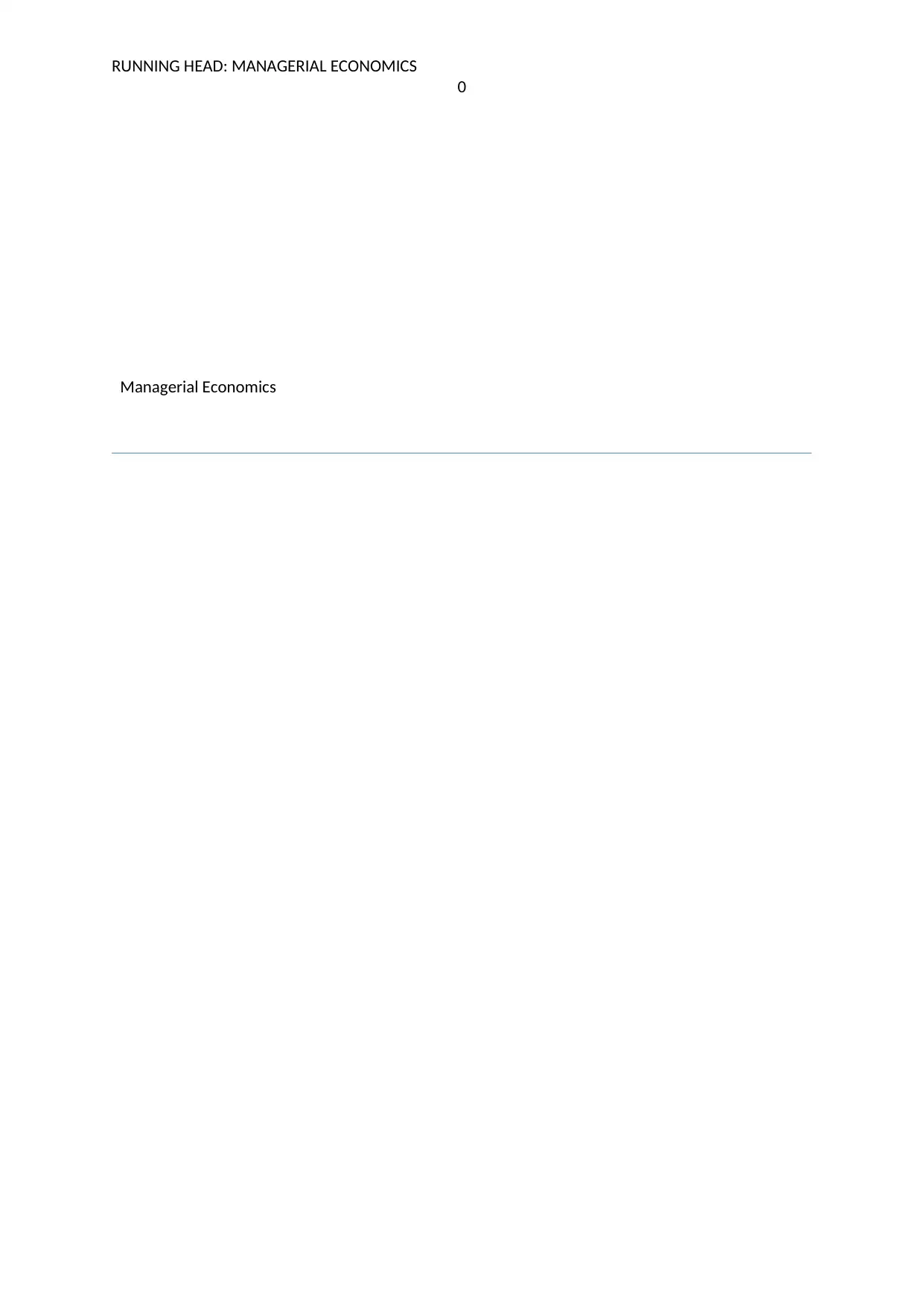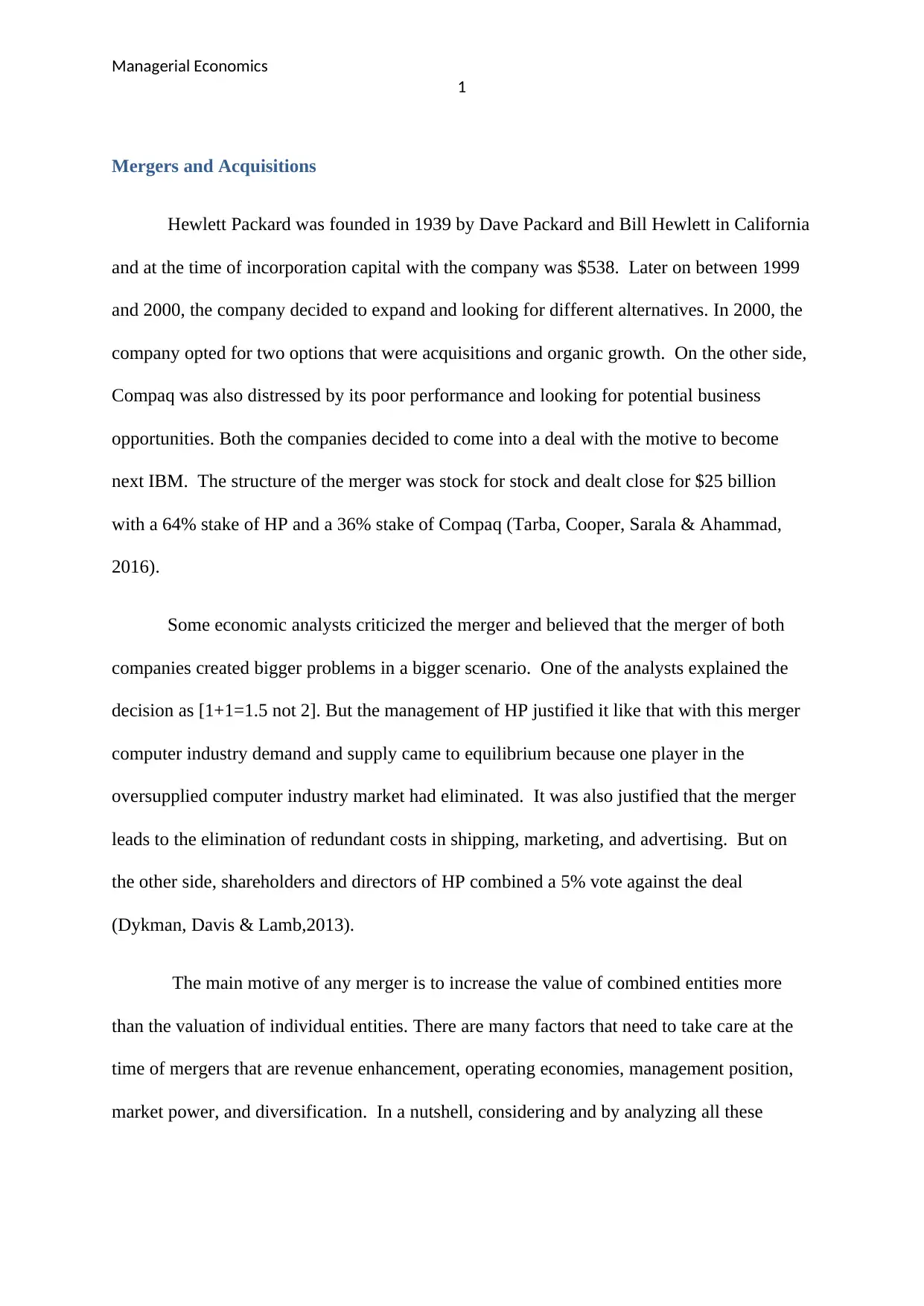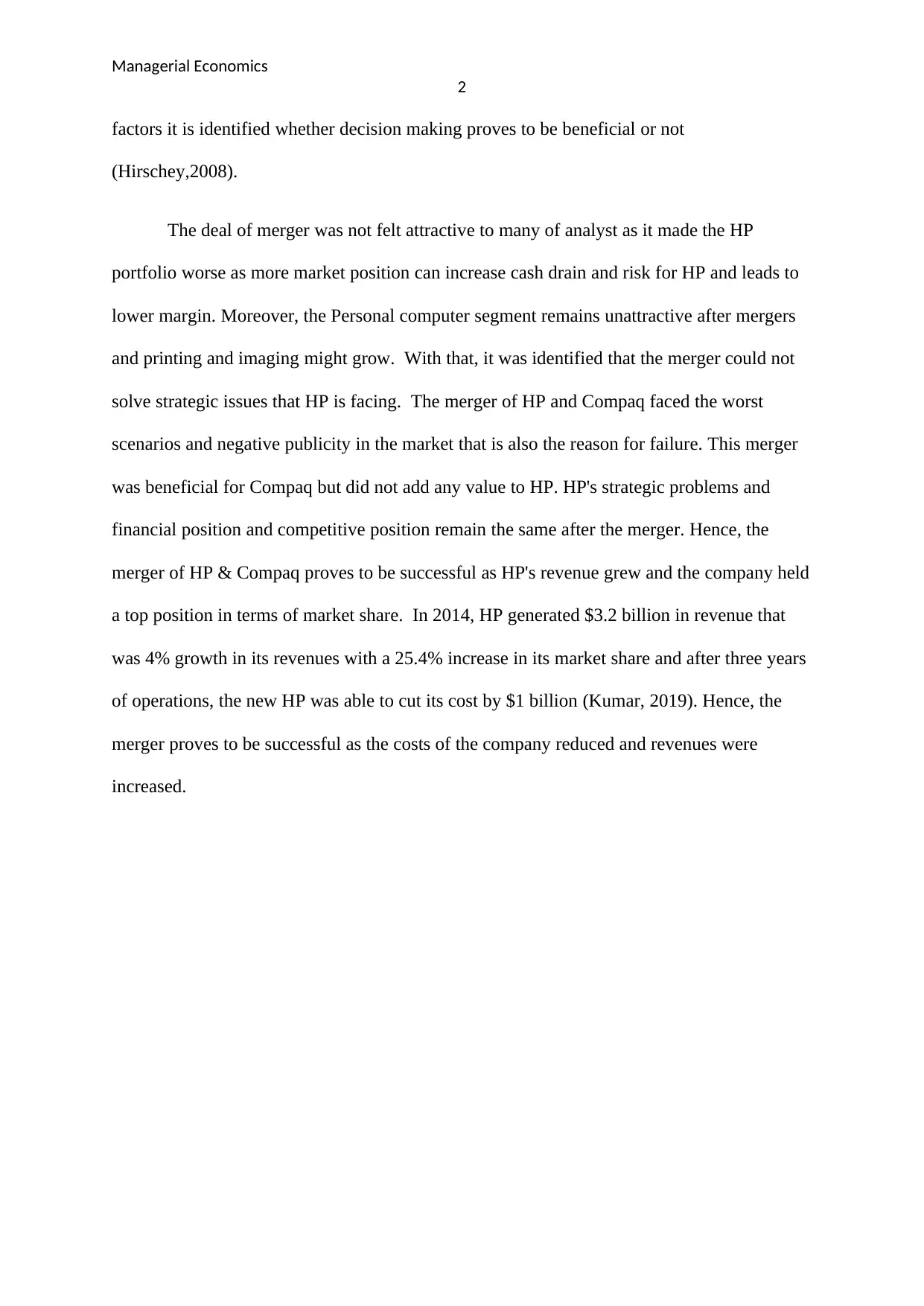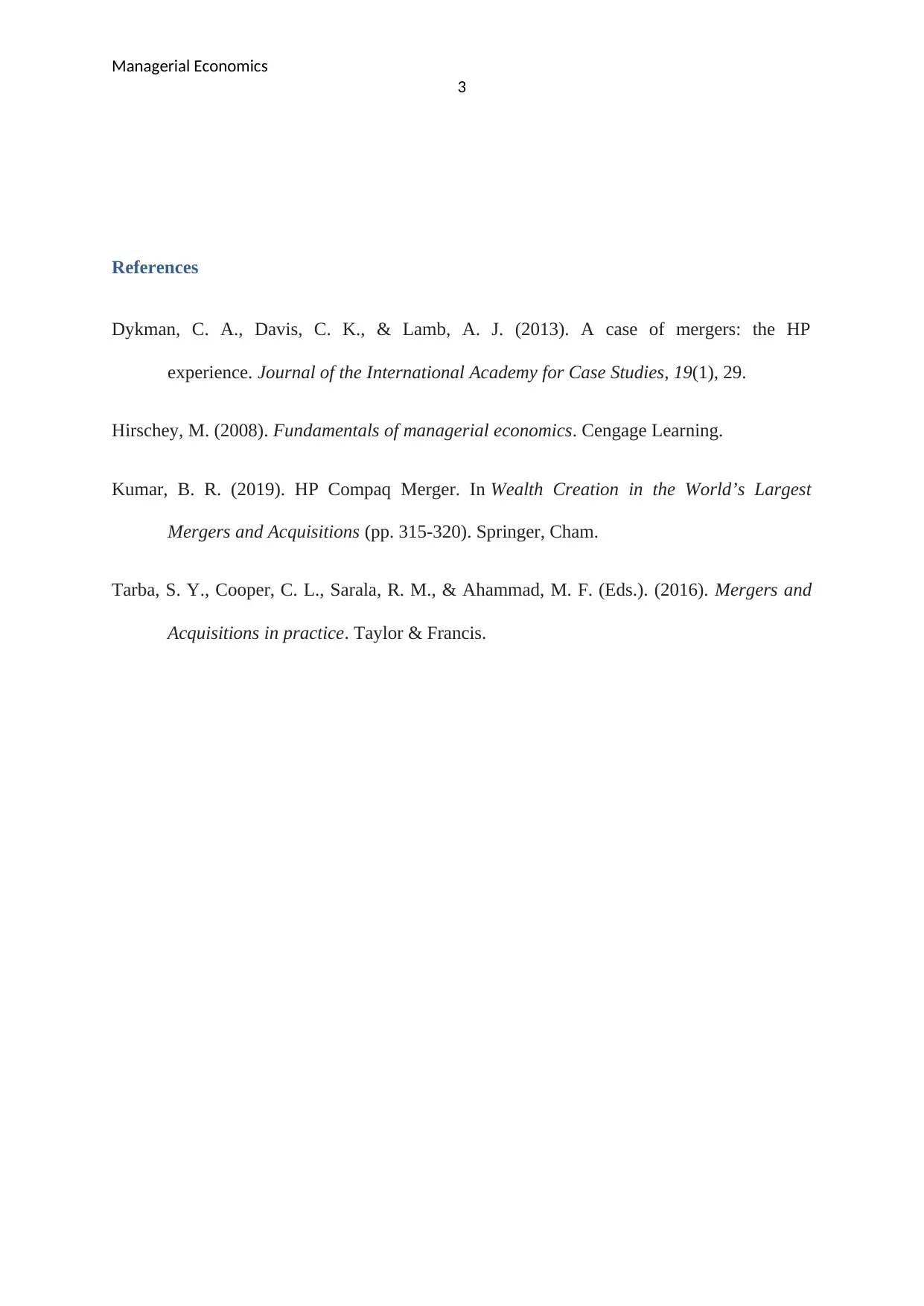A Detailed Case Study: Examining the HP and Compaq Merger's Impact
VerifiedAdded on 2022/08/18
|4
|718
|17
Case Study
AI Summary
This case study analyzes the merger and acquisition between Hewlett-Packard (HP) and Compaq. The merger, structured as a stock-for-stock deal valued at $25 billion, aimed to create a stronger competitor in the computer industry. Despite initial skepticism from some analysts, the management of HP justified the merger by anticipating equilibrium in the market and cost reductions. The study examines the factors considered during the merger, such as revenue enhancement, operating economies, and market power. The case study highlights the mixed reactions to the merger and discusses its impact on HP's strategic and financial positions. Although the merger faced challenges and negative publicity, it ultimately proved successful, leading to revenue growth and increased market share for HP. The analysis includes a review of the financial outcomes, such as cost reductions and revenue increases, and provides insights into the strategic implications of the merger.
1 out of 4






![[object Object]](/_next/static/media/star-bottom.7253800d.svg)